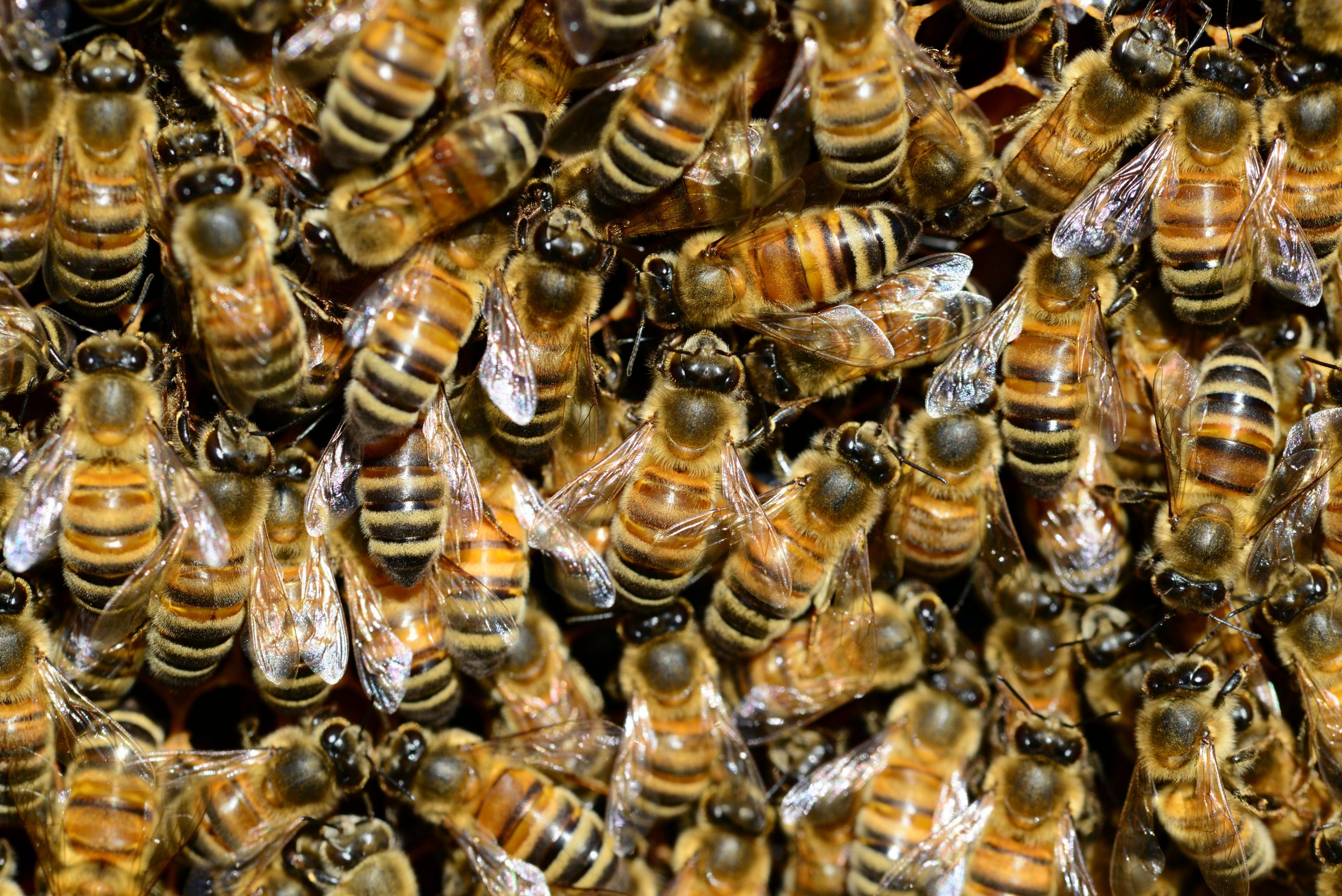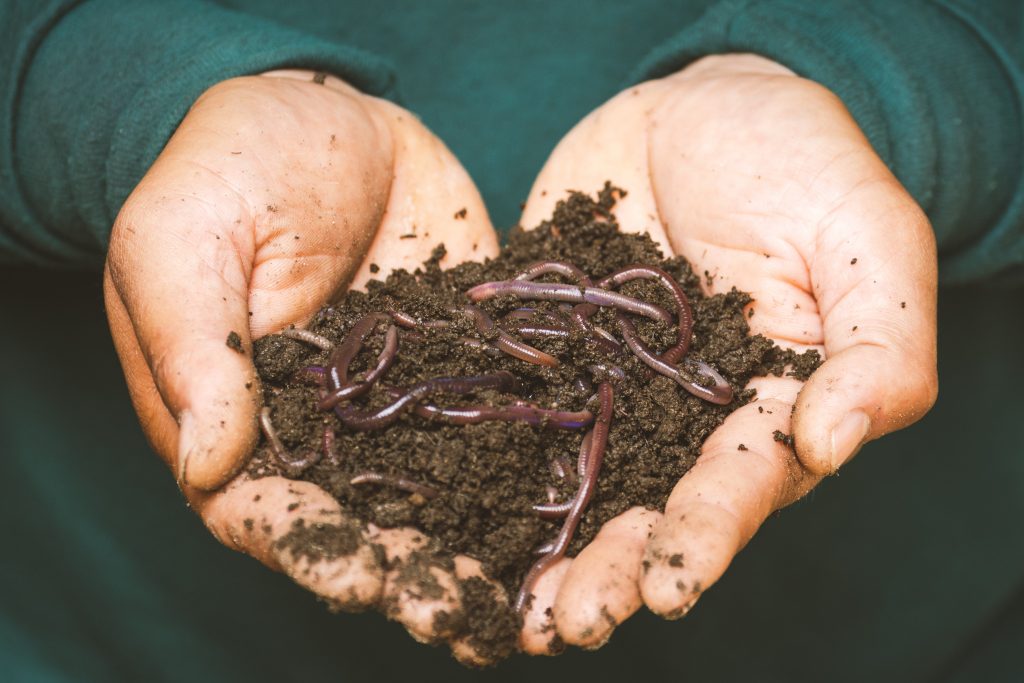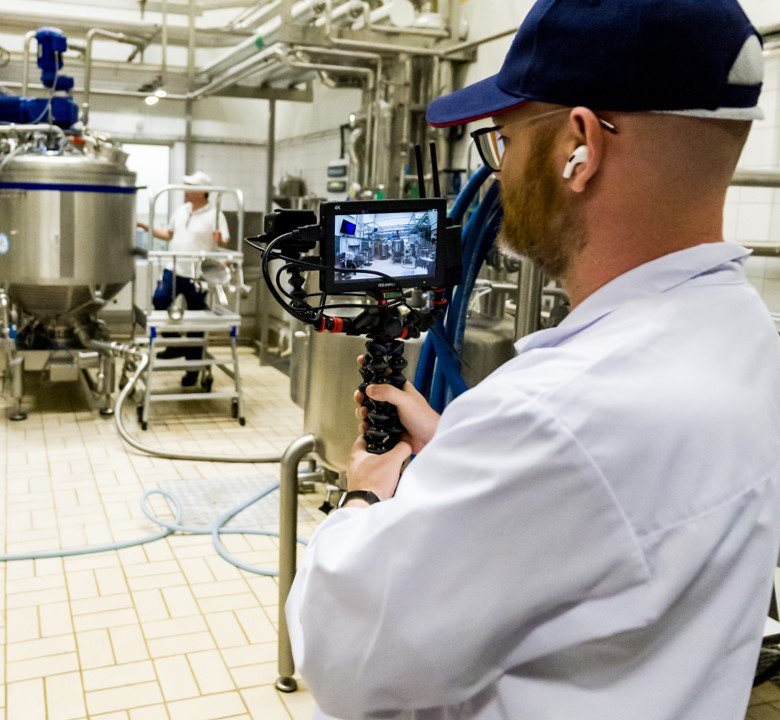
Pixabay/Pexels
While alternative protein is still considered a niche product segment in the food and beverage industry, innovations are already taking place that companies are taking notice of. Beginning from shifting from traditional protein sources such as milk and meat, to vegan alternatives like pea and potato protein, to plant-based variants, there is a wide array of solutions available in the segment. Unfortunately, not all are equally efficient.
Additionally, there are issues in terms of energy consumption and sustainability. Converting biomass to plant-based protein utilises more resources, which can contribute to the global environment crisis we’re facing today. There is a need to produce food that is balanced with our resources and feed a growing population with evolving diets.
This is why there is now a growing interest in insect protein and how it can be adopted in future food and beverages.

The deal with insects
It may sound like a squeamish idea, but insect protein is not entirely a new concept as the ingredient has been utilised in the agriculture industry as feed for livestock and fertiliser for crops. In fact, according to the United Nations Food and Agriculture Organization, 2.5 billion people are already eating insects around the world and about 1,900 species are used for food. E.U. regulators have also approved it being utilised for human consumption in 2020.
The challenge today is bringing this interest to an industrial scale and moving to the F&B industry, so the ingredient can have a wider impact.
One hurdle that companies like Tebrito and Tetra Pak are trying to get over are the misconceptions surrounding insects. Considered as pests by the Western world, it may be difficult to influence consumers to make the switch just with the idea of insects as the raw material. The workaround is to offer the ingredient in a format that makes it acceptable format that makes it not look like the creatures. Additionally, the protein extraction process involves taking the best out of the material, so producers are ensuring that the taste won’t be off-putting and easy to incorporate in food items as well.
It’s through these steps, along with educating and informing the market of the health benefits of insect protein, and how processing and sourcing are safe and qualitative. It’s up to the public then to be accepting, which is not a far-fetched idea as consumer tastes evolve through time.
In particular, they are targeting the younger generation as they can spread the word so that acceptance and adoption is greater. It’s about putting solutions that will make food nutritious, appealing and easy to consume.

Great alternative to plant-based
Tebrito and Tetra Pak are currently exploring utilising three types of insects. Mealworms, which are native in Europe, have protein levels and an amino acid profile that’s similar to beef. Crickets are used because of the quality of protein while the black soldier fly shows promise in terms of efficiency and speed in conversion.
Although protein is a necessary nutrient, some people have digestibility and gluten intolerance issues when taking in traditional protein sources like meat. Insect protein seeks to be a solution to lower inflammation, and improve gut health too. Studies are showing that they contain fatty acids, omega 3 and 6, and probiotics.
There are also no proven allergic reactions with insect proteins and this is because there are already traces of them in the food that we eat. People are actually consuming 300 to 500 grams of insect particles every year and this build-up is seen to prevent allergies.
Supporting sustainability
Processing insects presents the smallest carbon footprint and is the least demanding in utilising natural resources such as water, energy and land. The goal, once this segment begins industrialisation, is to utilise waste streams to convert to highly digestible protein from insects, with lower impact to the environment.
Currently, manufacturing involves working with low-impact items such as discarded grain, leftover fruits and vegetables, and bio sludge from the pulp and paper industry and transforming them into animal feed. Companies then utilise this to roll out insect protein, which in effect, can potentially promote circularity in waste streams.
It is with industrial solutions rather than consumer-driven innovation that really drive sustainability. And this is the vision that companies involved in insect protein see in the coming years, as bioconversion is already an effective business model. It’s up to them to navigate the shift from feed to food, making applications in F&B a reality soon.









